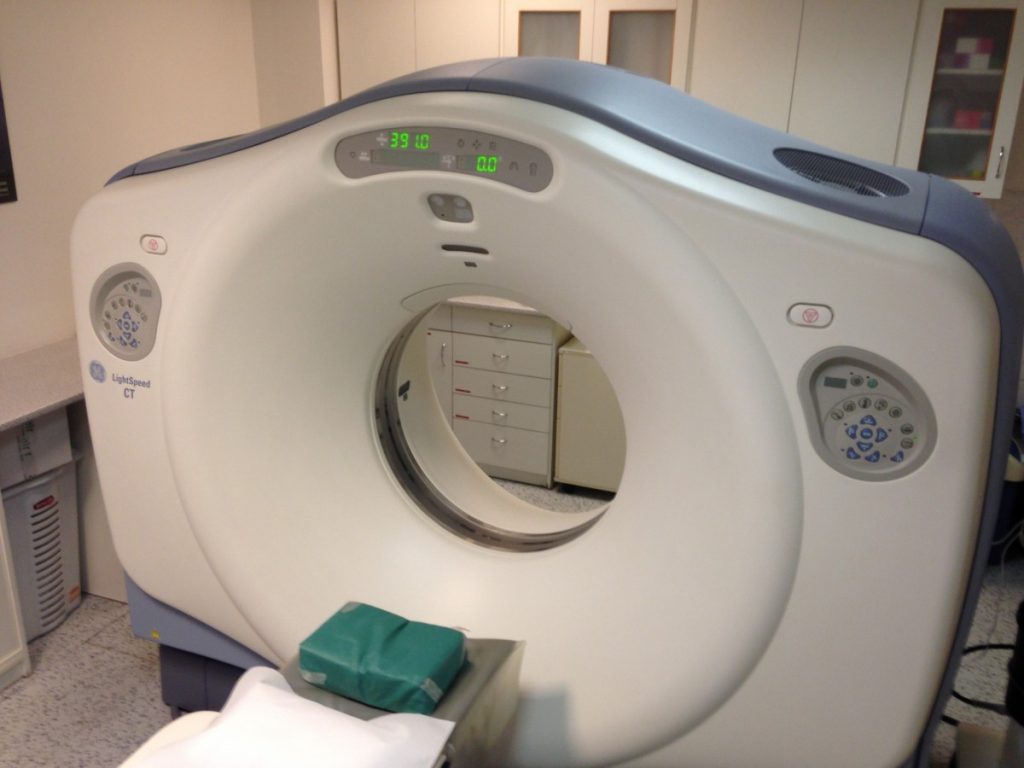This study will determine the prevalence, severity and significance of symptomatic and silent GOR in adults with CF before and after lung transplant using 24hr oesophageal pH monitoring, a valid symptom questionnaire, quality of life questionnaires and gastric emptying studies. This study will identify the extent of GOR in a large adult CF population and the impact on lung function and quality of life together with the effects of medical and physiotherapy treatment on gastro-oesophageal function. Gastro-oesophageal reflux (GOR) has been found to be prevalent in children with cystic fibrosis (CF)and may further worsen lung damage via reflex bronchospasm or pulmonary aspiration. Chest physiotherapy may result in increased episodes of GOR as demonstrated in children. Lung transplantation may worsen pre-existing GOR.
Official Title
The Prevalence and Significance of Gastro-Oesophageal Reflux in Adults With Cystic Fibrosis Before and After Lung Transplantation, Together With the Effects of Physiotherapy Airway Clearance Techniques on Gastro-Oesophageal Function.
Conditions
Cystic Fibrosis
Study Type
Observational
Study Design
Screening, Longitudinal, Defined Population, Prospective Study
Further Details
Subjects who give their consent for participation in the study will undertake the following outcome measures:
- Demographic data including age, gender, BMI, prescribed medication at the time of the study, lung function tests including FEV1, FVC, FEV1/FVC ratio and MMEF, genotype, pH of saliva and sputum.
- Structured symptom questionnaire using a reliable valid measure developed by Carlsson et al 1998 will be used to assess patient’s symptom scores.
- Dual-channel 24hour oesophageal pH monitoring will be undertaken using a digitrapper (Medtronic, Sweden)and dual antimony tipped probe (Synectics, Sweden). Following calibration of the probes the distal antimony tip is positioned 5cm above the upper border of the lower oesophageal sphincter and the proximal probe 15 cm above the distal probe in the upper oesophagus.The patient will be instructed in using the three event buttons on the digitrapper recording start and finish time of meals, upright versus supine positioning and reflux episodes. The subject will be provided with a detailed 24hr ‘Activity Diary’ to record all meals (including percutaneous gastrostomy feeds), positions and activities including usual chest physiotherapy and physical exercise.The recorded pH information is downloaded into a computer program for analysis. The following indices will be measured in the distal and proximal oesophagus:
- Number of reflux episodes
- Fraction of reflux time
- Number of reflux episodes with duration longer than 5 minutes
- Duration of longest episodes in minutes
- DeMeester score (an overall weighted score of gastro-oesophageal function).
- Quality of life questionnaires: SF36, Quittner CF Questionnaire (CFQ), Dietary and Bowel Symptom Questionnaires.
- Chest radiographs
Study Start
February 2001
Eligibility & Criteria
- Ages Eligible for Study: 16 Years – 70 Years
- Genders Eligible for Study: Both
- Accepts Healthy Volunteers (controls)
Inclusion Criteria:
- Diagnosis of cystic fibrosis
- Medically stable
Exclusion Criteria:
- Known oesophageal varices
Total Enrolment
180
Contact Details
The Alfred Hospital, Melbourne, Victoria, 3004, Australia
- Brenda M Button, DPhty, PhD: 9276 2000, Ext. 3450, b.button@alfred.org.au
- John W Wilson, MBBS, PhD: 9276 2000, Ext. 3600, john.wilson@med.monash.edu.au
All content and media on the HealthEngine Blog is created and published online for informational purposes only. It is not intended to be a substitute for professional medical advice and should not be relied on as health or personal advice. Always seek the guidance of your doctor or other qualified health professional with any questions you may have regarding your health or a medical condition. Never disregard the advice of a medical professional, or delay in seeking it because of something you have read on this Website. If you think you may have a medical emergency, call your doctor, go to the nearest hospital emergency department, or call the emergency services immediately.







